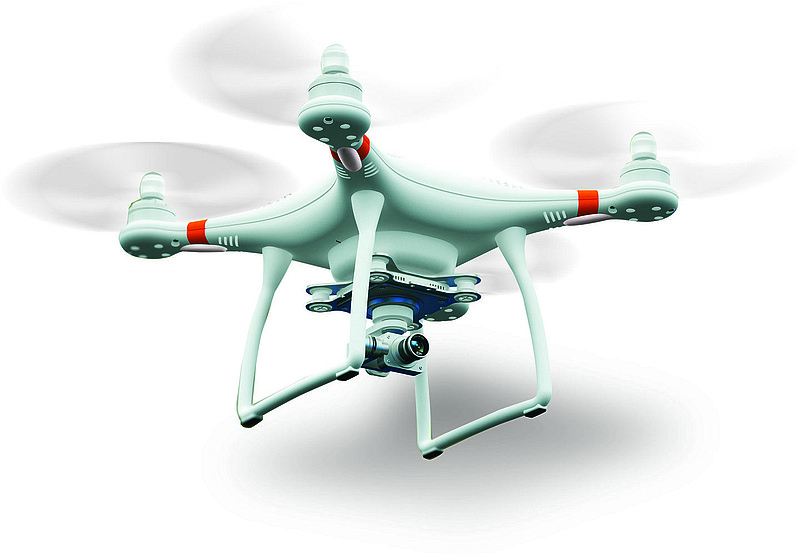The next time you stumble off the beaten path and find yourself lost and alone, you might be able to look to more than just your surroundings for help. You might also be able to look to the skies.
Drones are becoming more and more of a utility for search-and-rescue teams across the nation, including here in Tennessee, says Brian Krebs, a lieutenant with Chattanooga Hamilton County Rescue Services' Cave, Cliff and Technical Unit.
During the course of a drone's 20- to 30-minute flight time, the unmanned aerial system can cover a vast area, giving search teams a bird's-eye view of the terrain through high-definition cameras. To boost rescue efforts, some models are equipped with night vision while others have infrared cameras in tow, increasing the chances a victim may be found by pinpointing large heat sources, such as a hiker's body.
Since you never know where rescue may come from when you're lost in the wild, here are a few tips to make you more visible to any passing drones.
1. Stay put.
Whether the search team is using dogs or drones to track you down, the most helpful thing you can do when you find yourself lost is stay in one place. "The moving target is the hardest target to find," Krebs explains. You may think you can navigate back to civilization by following a river downstream, but you can never be certain what barriers or hazards you may encounter along the way, any of which could leave you more fatigued and vulnerable or put you in life-threatening danger.
2. Find a clearing.
For drones without thermal-imaging capabilities, heavy tree cover may be a crucial limitation. To make it easier for search teams to pinpoint you, try to find a clearing where your view of the sky is unobstructed by leaves or foliage.
3. Leave clues.
You may feel compelled to wear your most brightly colored clothing items to increase the likelihood of being spotted, but if you're anticipating rescue from above, consider spreading that jacket, hat or backpack out in a nearby clearing, giving drone operators an area in which to focus their efforts should it be spotted first.
4. Listen up.
"Drones are not super-quiet," Krebs says, so keep your ears tuned for a buzzing noise above you.
5. Prepare a signal.
If you brought a headlamp, shine it up in the air to increase your visibility. If you packed an emergency blanket, lay it out so its reflective surface makes your location easier to spot. If you don't have any gear on you at all, wave your arms and make as much noise as you can.
